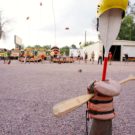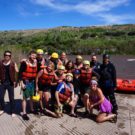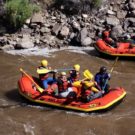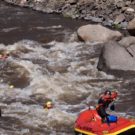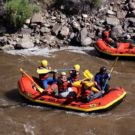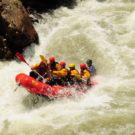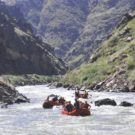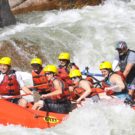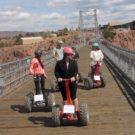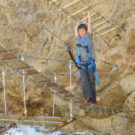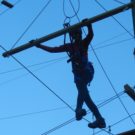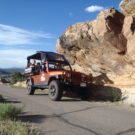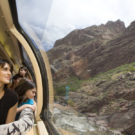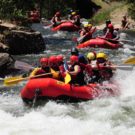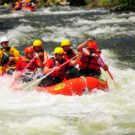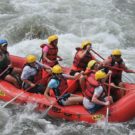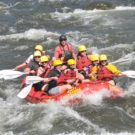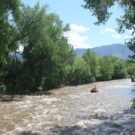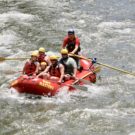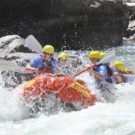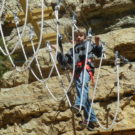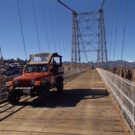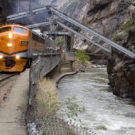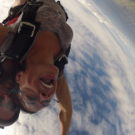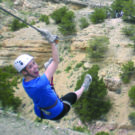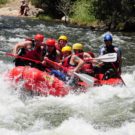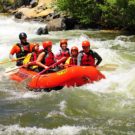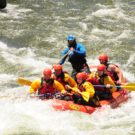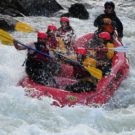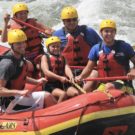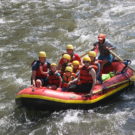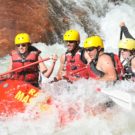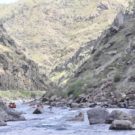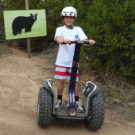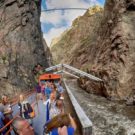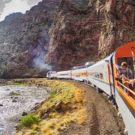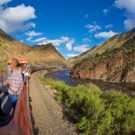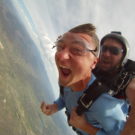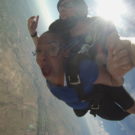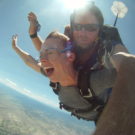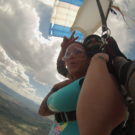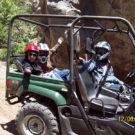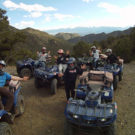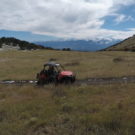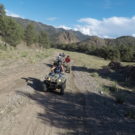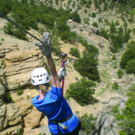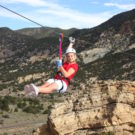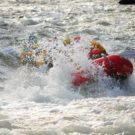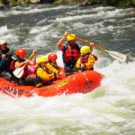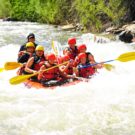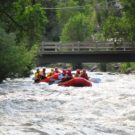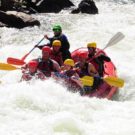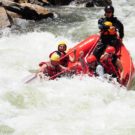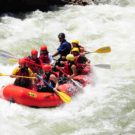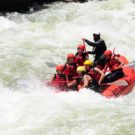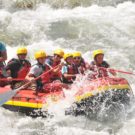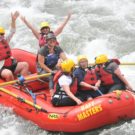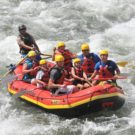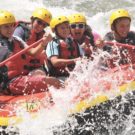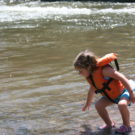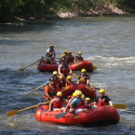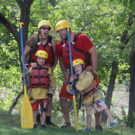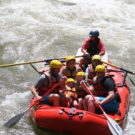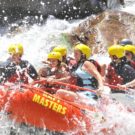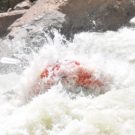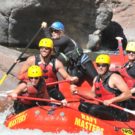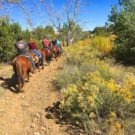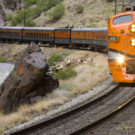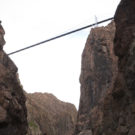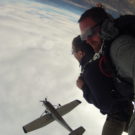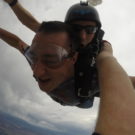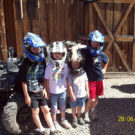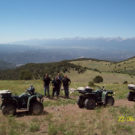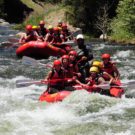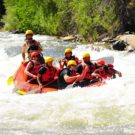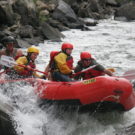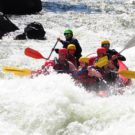What Water Levels Mean in the Context of Rafting
Whitewater rafting is both a sport and hobby that creates great thrills and spine chills in enthusiasts. Every experienced rafter knows the degree of spine chills that he or she wants or can take while rafting at any water level. What water levels mean in the context of rafting. While some water levels are smooth and actually hard to see the white water, others can only make you dread ever going for a whitewater rafting Colorado experience with their abundance of massive rapids. Fortunately, Colorado white water rafting is available for the most timid beginner rafter all the way to the most experienced whitewater veteran.
The Six Levels of Every River’s Water Rafting Course
The standard water level ranking system holds six major categories. The scale used is referred to as the International scale of river difficulty and was created by the American Whitewater Association.
The international scale of river difficulty is a reflection of the difficulty and the degree of skill needed to raft across a section of a river. The level of difficulty varies with the differing water levels throughout the course of the river. The specific river section is given a numerical representation of its difficulty. A + or – is sometimes added as a suffix to show if it lies on the upper or lower side of the difficulty level.
Class 1- easy level
This is the level that represents river waters that flow over minimal obstructions. There is minimal risk for the rafter. This would be suitable for a float-trip with no whitewater.
Class 2- novice level
When you graduate from the easy and usually non-thrilling easy level you land into the novice level. One key characteristic is visible obstructions that can be easily avoided.
Class 3- beginner / (intermediate) level
You are now seeking more thrills from white water rafting. Rapids, eddies and moderately strong waves become harder to navigate. You can expect to be getting wet at this level. Performing maneuvers, and boat control, is key to running class 3 rapids.
Class 4 –advanced level
The rafting experience and skill level required is scaling higher and higher. With more turbulent waters, holes, and constricted passages, must-make fast and precise moves are required to successfully go through these difficult rapids. It is recommended to take a scouting mission down the course before the first rafting experience downstream.
Class 5 –expert level
This level is for very experienced rafters who are capable of executing preventive and self-rescue moves even in high-pressure occurrences. Rapids are long, violent, unpredictable, and potentially dangerous. The expert level requires appropriate equipment, practiced rescue skills and experienced team of experts. The class 5 level is unique from the levels of difficulty that are below it in that it harbors varied difficulty levels other than the + and – ratings. Here you will find 5.0, 5.1, and 5.2 and so on with the latter being more difficult than the former.
Class 6- extreme / exploratory waters
Are you a daredevil in whitewater rafting? Are you willing to risk death? Then this extreme level is yours to explore. The risk is maximized. Class 6 waters are unpredictable and extremely dangerous. In the unlikely event of continued successful rafting on a class 6 rapid it may eventually downgrade to a class 5. The room for error is zero even for rescue missions with quality equipment and teams.
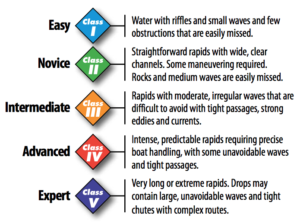
Summary
- Class 1 and 2 are float trips.
- Class 3 is a typical beginner level for rafting.
- Class 4 is intermediate to advanced and good for adventure rafters.
- Class 5 is advanced and recommended only for experienced rafters.
- Class 6 is unrunnable by most people and presents an extreme level of danger.
Book Your Next Trip
Now that you are familiar with the different levels of rafting, it’s time to book your next rafting trip with Raftmasters! We offer a variety of options from beginner rafting trips to intermediate and advanced rafting trips for those looking for an additional challenge. You can find all of our rafting trips options on our website. See you soon on your next adventure!


